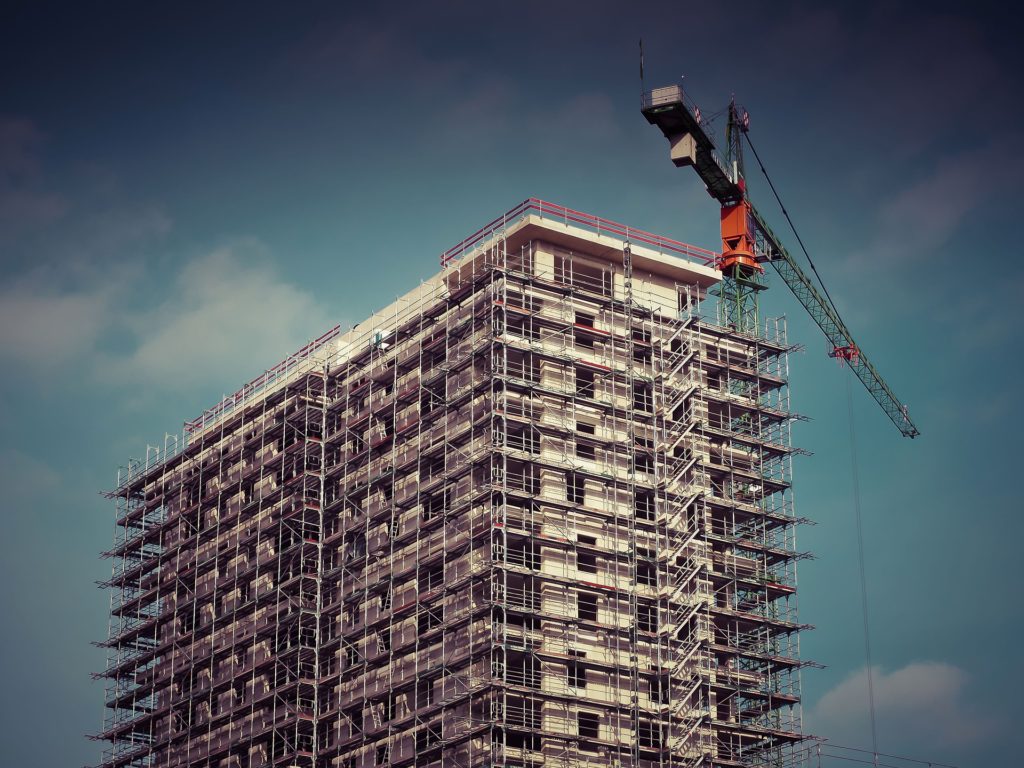 Ever-present sidewalk sheds, or sidewalk scaffolds, have become a contentious issue in New York over the past decade. While city laws require scaffolds to protect citizens from crumbling facades and potential dangers, many building owners have left them up for extended periods of time.
Ever-present sidewalk sheds, or sidewalk scaffolds, have become a contentious issue in New York over the past decade. While city laws require scaffolds to protect citizens from crumbling facades and potential dangers, many building owners have left them up for extended periods of time.
These sidewalk sheds present a very real risk of tripping and injury for pedestrians on sidewalks, and as people use them for storing items above, they can create the risk of falling objects striking people below. While efforts are underway to limit the use of such scaffolds, in the meantime they can both help and hinder public safety.
Why All the Scaffolds?
The number of sidewalk scaffolds has exploded over the last few decades, mostly because of a 1980 city law that requires regular inspections of building facades for crumbling or weakened exteriors. In 1990, according to city building records, there were permits for just over 1,000 scaffolds. In 2015, however, more than 6,600 permits were issued for scaffolds in New York. That is an astounding number of sidewalk shacks, and as the city continues to age, the number of scaffolds is likely to keep increasing.
How Long Can They Stay Up?
At the moment, there is no law that places a limit on how long a scaffold can be in place in front of a building. The only restriction is that each year a new permit must be acquired, which is far less expensive than performing façade repair to fix problems and remove scaffolds. Bills have been proposed to place a fixed limit on how long a scaffold can be located on a sidewalk in front of a building, but so far they have not moved very far toward becoming law.
Dangers Presented by Scaffolding
Sidewalk sheds present numerous dangers to those below, even though they are supposed to be protecting people from the dangers of old, crumbling buildings. The scaffolds themselves are not only an eyesore but also present a very real tripping hazard as pedestrians navigate around them when walking on the sidewalk. This increases congestion and can be particularly hazardous in icy or rainy conditions. Many people use the tops of scaffolds as porches or additional storage when living on the second floor of a building. This creates the potential for items to slip or fall from the scaffold and crash down on people below.
While scaffolds may be intended to keep you safe, they can also present a risk of injury. If you or a loved one has been injured due to negligent scaffolding use or placement, then call us at Wingate, Russotti, Shapiro, Moses & Halperin, LLP, today at (212) 986-7353 to talk about your situation and discuss your options.